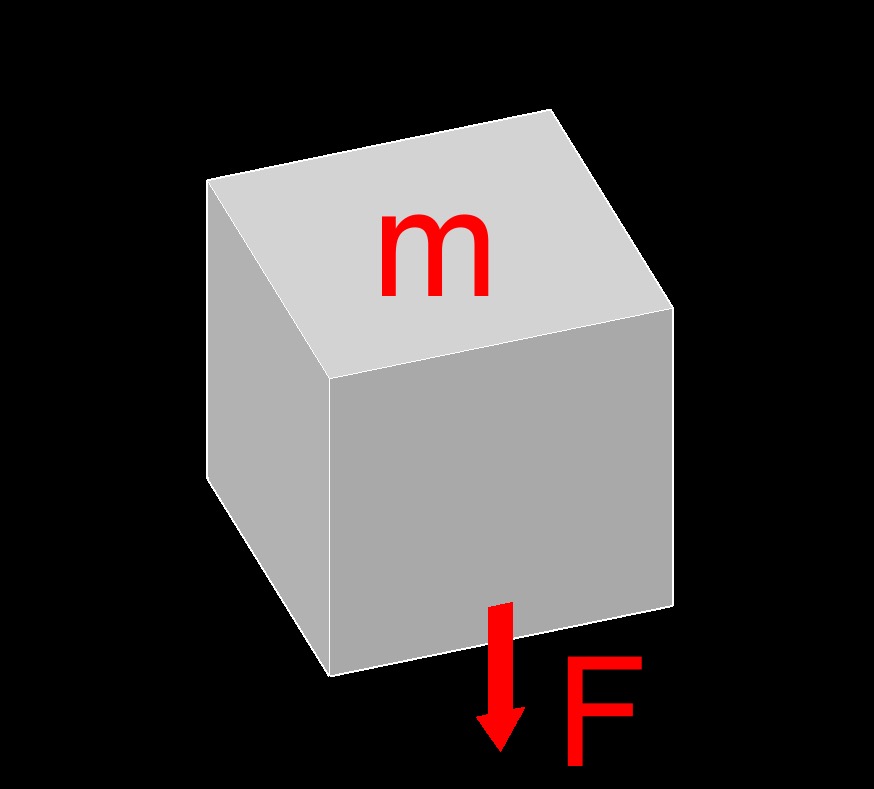Newton's Second Law
Newton's Second Law Formula
|
||
|
\( F \;=\; m \cdot a \) (Newton's Second Law) \( m \;=\; \dfrac{ F }{ a }\) \( a \;=\; \dfrac{ F }{ m }\) |
||
| Symbol | English | Metric |
| \( F \) = Force | \(lbf\) | \(N\) |
| \( m \) = Mass | \(lbm\) | \(kg\) |
| \( a \) = Acceleration | \(ft\;/\;sec^2\) | \(m\;/\;s^2\) |
 Newton's second law of motion, abbreviated as \(F\), also known as the Law of Resultant Force, describes the relationship between the motion of an object, the net force acting on it, and its mass. It states that the acceleration of an object is directly proportional to the net force applied to it and inversely proportional to its mass. In simpler terms, the second law states that the acceleration of an object is directly related to the force applied to it. If a greater force is applied to an object, it will experience a greater acceleration. Similarly, if the mass of the object is increased, it will experience a smaller acceleration for the same force.
Newton's second law of motion, abbreviated as \(F\), also known as the Law of Resultant Force, describes the relationship between the motion of an object, the net force acting on it, and its mass. It states that the acceleration of an object is directly proportional to the net force applied to it and inversely proportional to its mass. In simpler terms, the second law states that the acceleration of an object is directly related to the force applied to it. If a greater force is applied to an object, it will experience a greater acceleration. Similarly, if the mass of the object is increased, it will experience a smaller acceleration for the same force.
Newton's second law is fundamental in understanding the relationship between force, mass, and acceleration and is widely used in physics and engineering to analyze the motion of objects and design systems that involve the application of forces.

